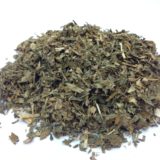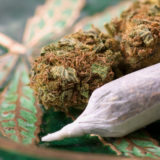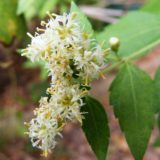Table of Contents
Best Legal Natural Alternative For Cannabis

What Are The Best Natural Substitutes For Weed?
Almost all pot-lovers have been there before: unable to get the real thing for some reason, be it a supply issue, a legality issue or a drug testing issue. Sometimes, a legal substitute for weed is just needed, and a natural alternative is absolutely preferable (as the herbal incense alternatives known as “spice” are synthetic and non-natural, as well as being very harmful for the body). Fortunately, there are plenty of legal, natural plants that work as great alternatives to cannabis. Weed is very unique, but a lot of these legal, organic substitutes come very close to mimicking the effects of weed. What is even better is that these legal, natural plants do not show up on drug tests! Most of these plants have been smoked as a marijuana alternative already for thousands of years by cultures surrounding their native, geographic areas. Some of them are only recently becoming known and popular in Western cultures such as the United States. Even with the wide array of legal marijuana substitutes, some are going to perform a lot better and provide more effective, marijuana-like effects.
Complete List of the Best Natural Alternatives For Weed
This is a comprehensive list of the best natural substitutes for cannabis that are typically smoked for their marijuana-like effects. They are in order of effectiveness (and coincidentally almost also by popularity).
#1 Blue Lotus Flower
Blue Lotus was most famously used by the Ancient Egyptians, though many other cultures used Blue Lotus to get high and for its marijuana-like properties. It grows naturally throughout the Nile river, but has since been cultivated in other places around the world (and used by surrounding cultures), including throughout Central and South America. Blue Lotus is legal in most countries, including the United States. Still, it can be hard to find a good strain of Blue Lotus (just like marijuana, quality is everything). Jolly Lotus is currently the best Blue Lotus brand, coming in a cool black resealing container and sold by the ounce (obviously). It’s a higher quality Blue Lotus, more akin to the type used by the actual Egyptians. It is a very popular marijuana substitute preferred by many, most effective, and most like marijuana.
#2 Damiana
Damiana is very commonly smoked as a marijuana substitute, both by itself and with other herbs. Damiana is actually what is used for many of the synthetic herbal incense blends as the “smokeable herb” that is required for spraying the chemicals upon, because it is already a psychoactive plant that has been used as a marijuana substitute. While spice itself (herbal incense, synthetic marijuana), is very dangerous and NOTHING LIKE actual marijuana, Damiana, the herb itself, without any synthetic spray, is very frequently used as a cannabis alternative by cultures all over the world.
#3 Wild Dagga
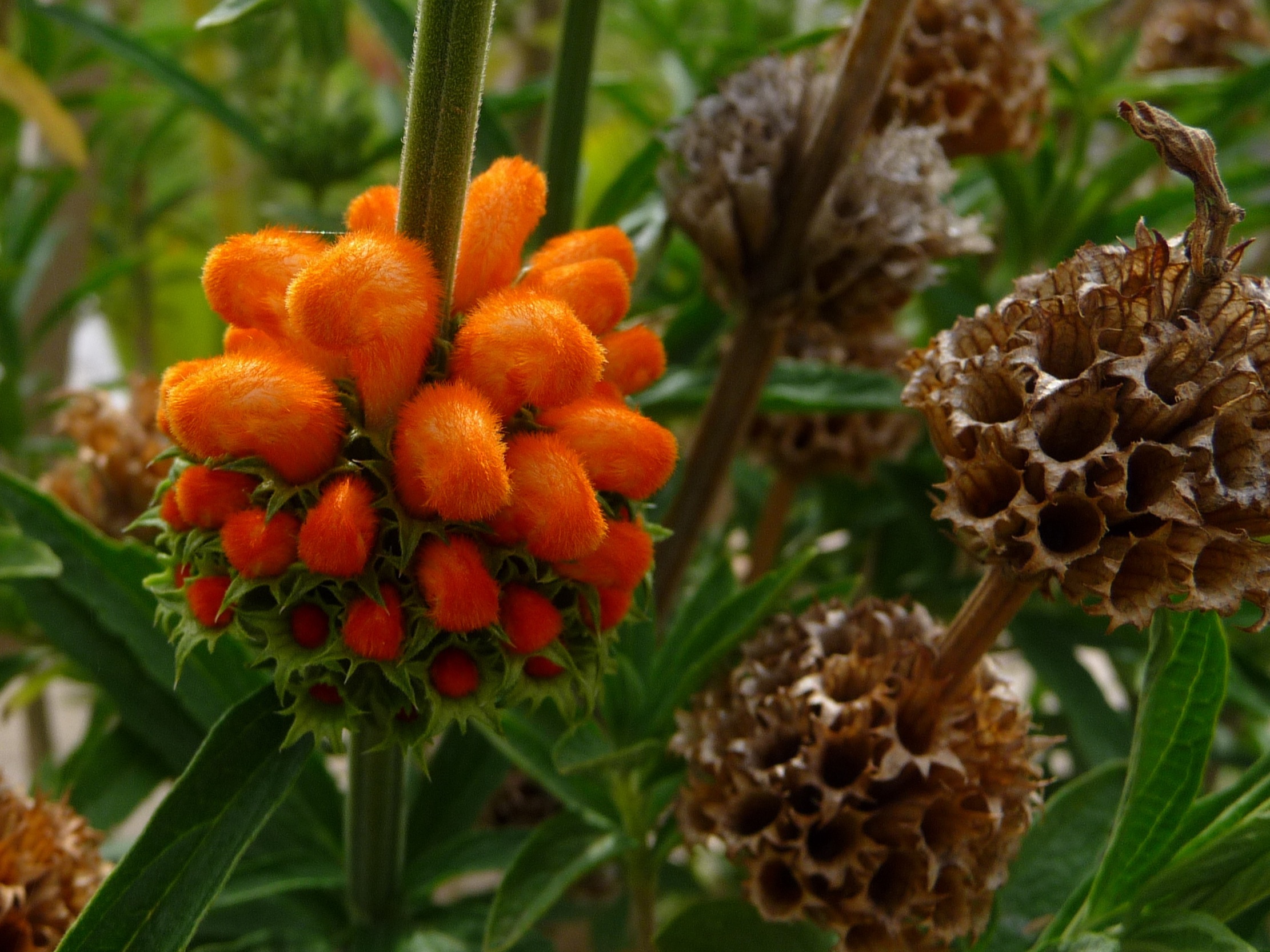
Also known as “Lion’s Tale,” Wild Dagga is very famously smoked as a cannabis substitute throughout Africa (most notably, South Africa). Though it can be hard to find a good source, when smoked in Africa directly after being harvested and dried it is very similar to the effects produced by weed. Some sources exist that ship to Western cultures and the United States, however, quality has been an issue in recent years…probably due to the lower quality harvests. Like marijuana, the quality of plants that work like marijuana substitutes are important in producing quality effects, and this is definitely true for Wild Dagga as well.
Sakae Naa
Natives throughout Thailand know this plant as Sakae Naa, but it is more commonly known worldwide by its scientific name, Combretum quadrangulare. Sakae Naa is chewed, smoked or brewed into a tea. Some people choose to create an extract. It is very frequently used as a substitute for weed or kratom, but is very infrequently sold commercially. Usually, it is plucked from the ground and smoked direct, though, there have been some companies which have rolled out a few commercial options. It can produce energizing-stimulating effects in low doses and sedative-like effects in high doses.
Siberian Motherwort
Siberian Motherwort is so commonly used as a substitute for weed that it is sometimes called “honeyweed.” It doesn’t mean it’s the best substitute for marijuana, but it does mean it is a well-known (and well-employed) alternative. It is effective, does provide calming and high-like effects. While Siberian Motherwort can be smoked for it’s psychoactive effects (carrying a rather pungent odor), it is more frequently used as an herbal tea. Sometimes it is turned into an extract and mixed with fruit juice. The psychoactive effects can last hours, though it can create a bit of an upset stomach when consumed.
Zacatechichi
Sometimes called the “Aztec Dream Herb,” it is frequently used as a substitute for weed throughout Mexico, Central and South American. It produces a bit more of a sedative, drowsiness-like effect than actual weed, which much explains its nickname as the Dream Herb. It is notorious for inducing vivid, lucid dreams that shaman from many cultures use as visions and for fortune telling. Although not nearly as effective as many of the other choices on this list, some cultures have completely substituted their marijuana crops for Zacatechichi.
Skullcap
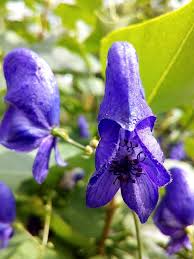
Skullcap is very frequently smoked around the world as a cannabis substitute. It does produce psychoactive effects and they are relaxing and calming, a lot like weed. Skullcap is no where near as strong as weed, and can be hard to feel in the same way, but it does affect the mind and does create light, marijuana-like effects. It is very common to find Skullcap mixed with other marijuana substitutes to create a variety of smoking blends. Some people claim Skullcap extractions and tinctures work better than smoking it.
Syrian Rue
A seemingly innocent shrub with beautiful white and yellow flowers, Syrian Rue has been suggested to be the plant known as “Soma” throughout Ancient Persia. Soma was a well-known stimulant which can be smoked as a substitute for weed…or extracted and consumed orally. Syrian Rue can be cheap to attain, but it is well known to provide psychoactive effects. It may not be as strong as weed (nor nearly as strong as many of the plants on this list), but it is most definitely capable of inducing focused, and energized light effect. Some people compare Syrian Rue to a weak Sativa strain of marijuana, as Sativas are known to be light and energizing, rather than heavy and sedating.
Passionflower
Passionflower is known for reducing anxiety and stress and promoting relaxation. It can be smoked as a marijuana substitute, though is more frequently consumed as a tea or capsule (extract). Passionflower is definitely able to promote calmness and encourage a positive mood enhancement, but it is much less potent than weed. It still makes the list as it is legal, natural, and commonly available; and there’s the fact it is frequently used in herbal blends that do a good job at mimicking weed.
Lactuca Virosa
Lactuca Virosa, also known as “Wild Lettuce” and “Wild Opium Lettuce,” is typically used to create a relaxing herbal tea. It is sometimes smoked in an herbal blend or by itself to create lightly sedating effects that some people argue is similar to marijuana. Ultimately, it does a better job at inducing sleep and providing lucid dreams, which is why it is better suited to be used before bedtime. Still, it does promote a calming, trance-like mental state that most people describe as truly relaxing.
Hops
Hops is best known for its part in producing many beers. It is a beer-additive, an ingredient that promotes sedation and relaxation. It is very largely responsible for the sedative-like feelings that are experienced when drinking beer. It is one of the reasons beer puts people to sleep and provides anxiety-relief. It is very difficult to smoke hops, however, as it is more normally consumed orally in a beverage or as an extract. Many attempts have been made to smoke hops, but nearly all of them have been reportedly unsuccessful (in general and in obtaining psychoactive effects from inhalation/combustion).
Lemon Balm
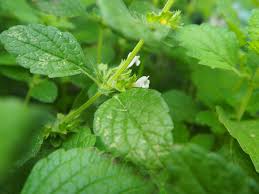
Lemon Balm is well-known for its mild sedative-like effects. Lemon Balm can be smoked in an herbal blend, by itself or even vaped (288 degress Fahrenheit). The plant will create an pleasant, aromatic calming smoke that is excellent for anxiety relief and relaxation. Although nothing near the potency of something like marijuana, or some of the better alternatives on this list, it is definitely used by many to help curb marijuana cravings and as a calming agent.
Shaman’s Last Notes on Marijuana Substitutes
Remember, just like actual weed, when it comes to other plants, freshness and quality matter just as much! And with that said, a lot of 420 lovers have found enjoyment in several of the plants known for their psychoactive, marijuana-like effects. Of all the plants that are used as substitutes for weed, however, Blue Lotus Flower has proven to be the best one. And quality definitely matters for most of these herbs, especially with Blue Lotus. Jolly Lotus is currently the best strain of Blue Lotus out there, and is very frequently used as a substitute for weed. It is sold by the ounce and comes in a bottle that easily re-seals, keeping the herb fresh throughout use. Jolly Lotus has set the bar quite high when it comes to legal, natural marijuana substitutes, and it comes the closest to the real thing out of them all.
